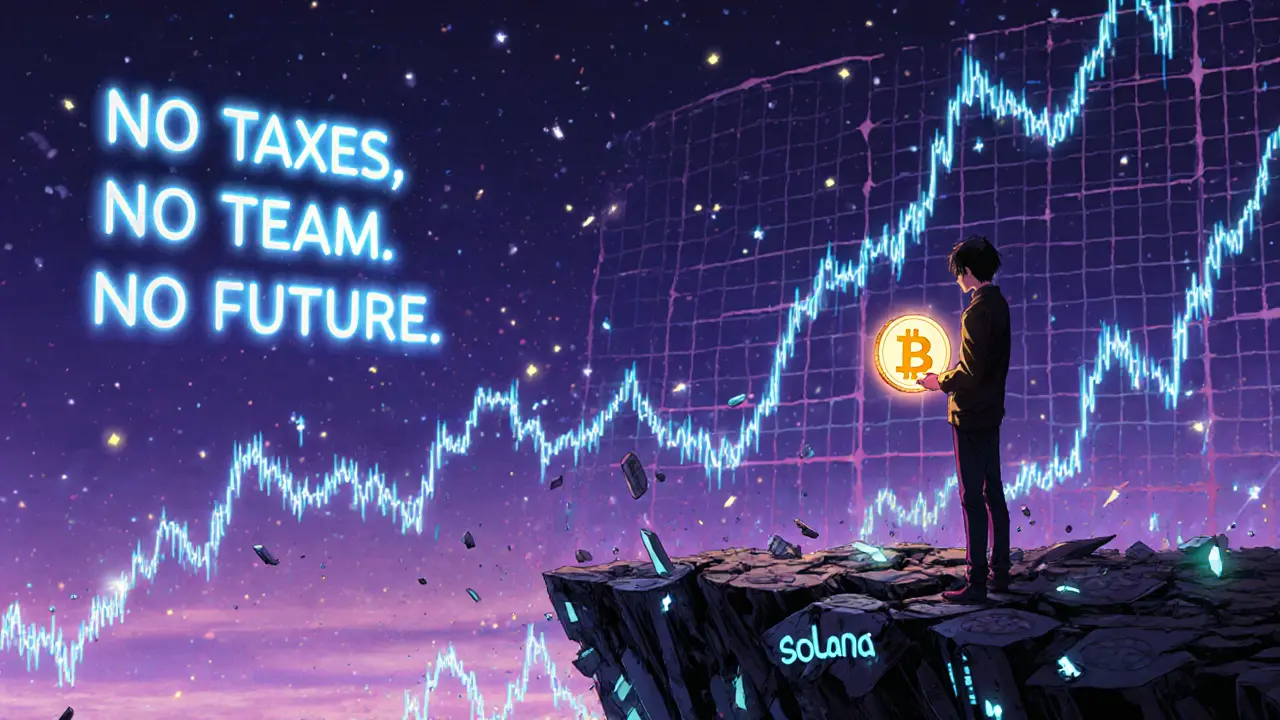EARL Coin: What It Is, Risks, and Why Most Projects Like It Fade Fast
When you hear about EARL coin, a low-cap cryptocurrency with no clear use case or active development. Also known as EARL token, it’s one of thousands of tokens that pop up on decentralized exchanges with big promises and zero substance. These coins often launch with hype, a flashy website, and a Telegram group full of bots. Then, within weeks, the price crashes, the developers disappear, and the community goes silent. EARL coin fits this pattern exactly.
It’s not alone. Projects like Metahorse Unity (MUNITY), a horse-themed Web3 game token with a 97% price drop and zero exchange listings, or TheForce Trade (FOC), a DeFi token that lost 99.9% of its value and has no working platform, show the same story. They’re built on ERC20, the standard for tokens on Ethereum, which makes them easy to create—but also easy to abandon. No one checks if the code works. No one audits the team. And no one cares after the initial pump.
What makes these coins dangerous isn’t just the loss of money. It’s the false belief that you’re investing in something real. You’re not buying into technology, community, or innovation. You’re betting on noise. The same people who push EARL coin also push DONK, DOGGY, and other meme tokens with no roadmap, no team, and no future. These aren’t investments—they’re gambling chips with a blockchain label.
If you’ve seen a coin with a cute name, a cartoon mascot, and a promise of "1000x returns," you’ve seen EARL coin’s cousin. The real question isn’t whether EARL coin will recover. It’s whether you’re still falling for the same trick after seeing it happen dozens of times before. Below, you’ll find real breakdowns of similar tokens, scam warnings, and what actually separates a working project from a ghost.
- November 1, 2025
- Comments 4
- Cryptocurrency

